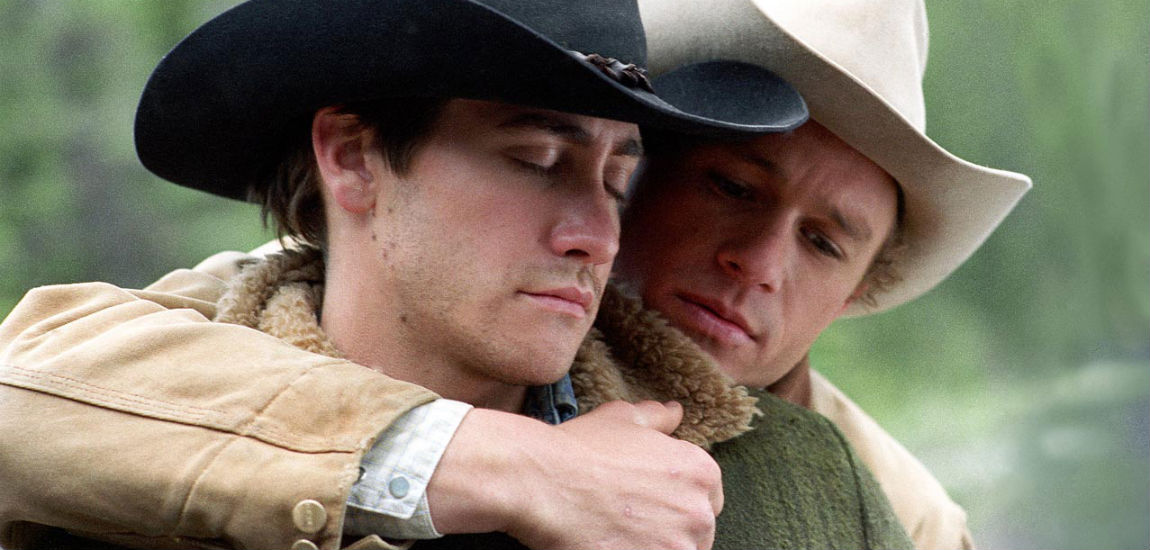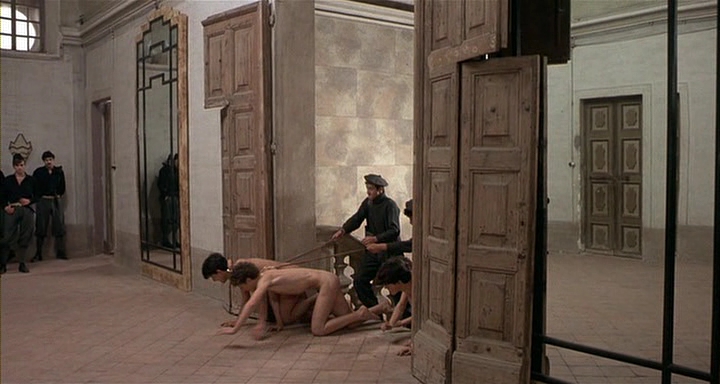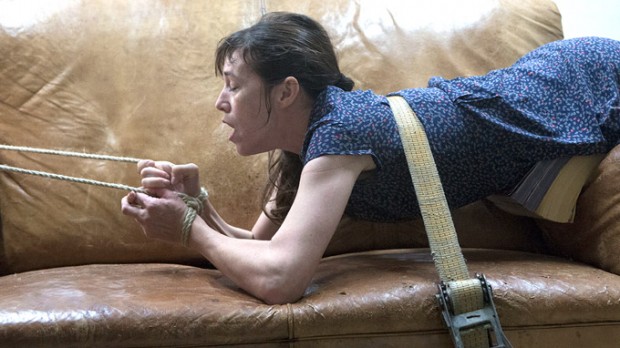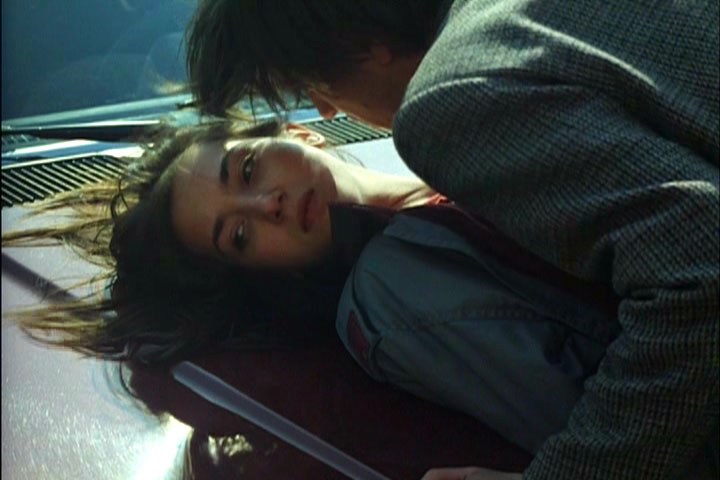6. Last Tango in Paris by Bernardo Bertolucci

“Self-serving pornography as art”. This was exactly what the authorities considered this film to be. Last tango in Paris by Bernardo Bertolucci was a true transgression for Italian authorities and therefore the Supreme Court took all the copies of this masterpiece, burned them so that no one could watch it as if it was something criminal for the society, banned its exhibition and the ban was on the film for more than ten or so years.
The film was much-talked-about and discussed before its release, because American actor Marlon Brando and French newcomer Maria Schneider started to accuse the director Bernardo Bertulocci of abusing them emotionally as actors and manipulating them.
The French actress Maria Schneider told the press that the sex scene in the end of the film had never been in the screenplay and that when she had decided to act in the film and had signed the contract, no one warned her that she would have to play in a sex scene.
She found out that she had to play in that scene only long after the start of the film’s shootings and because of that she felt very humiliated and betrayed. The film was critically praised and was a box-office success.
7. Brokeback Mountain by Ang Lee

This film about a deeply tragic and emotionally devastating romantic relationship was banned because the two sides of this relationship were not woman and man, but two married cowboy men.
The film was banned in many Middle Eastern countries like the UAE, because in such countries homosexuality is a sin according to their religious texts and therefore it’s criminalized by law.
In the US, many religious groups mocked the film, defamed it and declared that the film is against their “traditional values”. In some state, an owner of a theater refused to screen it because of the same reasons.
The problem was the subject of the film, gay love. Brokeback Mountain was one of the most talked about films of the year and received many awards contrary to the opinions of those religious groups and several theater owners.
The graphic content of the film is not highly explicit sexually and there aren’t any highly violent scenes that could be subject of such reactions and prohibitions. The bottom line of this film is that gay love was and is something very hard or impossible to have and keep because of society’s homophobia.
8. Salò, or the 120 Days of Sodom by Pier Paolo Pasolini

Perhaps the wildest, the most inhuman, but yet a masterpiece film by tremendous Italian director, poet, writer Pier Paolo Pasolini. Because of its graphic portrayal of torture, rape and murder, the film was banned in many countries upon its release and in several countries it is banned up until this day.
In Australia the film was banned for indecency. The situation didn’t change until 1993, when the film got R-18+ qualification and was authorized to be screened in Australian cinemas.
And again in 1998, the film was banned again because of “offensive cruelty with high impact, sexual violence and depictions of offensive and revolting fetishes”.
In 2008 it was resubmitted and rejected and in 2010 resubmitted and reaccepted with the R-18+ qualification. In New Zealand it was banned upon its release, but the ban was lifted in 1993. In this film there are many violent scenes of rape and murder, but the film is considered to be a masterpiece by almost every high-profile film-critic and artist.
In the USA, a large group of artists, including Martin Scorsese and Alec Baldwin, and scholars signed a legal brief confirming the film’s artistic merit in order to help a shop owner who had been selling the film’s DVDs.
9. Nymphomaniac by Lars von Trier

The film nymphomaniac was banned in Turkey for its nudity and sex scenes. The film premiered at the Berlin Film Festival and was very well received by almost everyone.
The film was expected to be accompanied with a warning sign against people under the age 18, but it was just banned in Turkey. Turkey’s cinema board decided almost unanimously to ban the film in Turkey.
One of European Union countries, Romania, decided to remove its own ban after several artists and activists protested against the ban and the Romanian government fired the men responsible for banning the film.
There were many Turkish artists, who condemned the ban in Turkey and one of them was the Palme d’Or winner film director Nuri Bilge Ceylan. In Armenia, the film was banned in some theaters because some nationalist-religious groups qualified the film as “pornographic, anti-national and anti-moral”.
Initially, film theaters planned to screen the film, but why they started to pay attention to some religious and nationalist groups’ opinions remains a mystery.
The film is about a woman’s sexuality and can never be anti-national, anti-moral or pornographic just because its sincere graphic portrayal, because both the nationalists and moral preachers do have sexuality and some evolution that can evolve in different ways, including the way the heroine’s sexuality evolved. No reason to be banned.
10. Hail Mary by Jean-Luc Godard

This film’s religious scenes and in some places the frontal nudity was deeply unacceptable for many Christians, including Pope John Paul the second, who expressed his opinion against the film that the film “deeply wounds the religious feelings of believers.” There were many protesters against the film from the very start.
In Argentina and Brazil, where people are more religious and more dedicated to Christianity than in France for example, the film was banned. In this film, Mary is just a student, who suddenly becomes pregnant with the son of God, while being virgin. In the US and France there were many protests against the film, too.
At Cannes Film Festival, one of the attendants threw a shaving cream pie at Godard’s face and that accident made international news.
What’s more interesting, Godard himself tried to “ban” his own film in Italy, maybe to escape more criticism, but his distributor didn’t manage to do so. Godard claimed, that the film is not about the Virgin Mary, but about “a young woman named Mary who, at a certain moment in her life, finds herself part of an exceptional event that she would never have wished for herself.”
Author Bio: Karen was born in the Ukraine 4 years after the fall of the USSR and her family moved to Armenia(another post-soviet country) 10 days after her birth, where she grew up.In 2015 she moved to Paris, because La Sorbonne University gave her an invitation to study there. So, now she’s a cinema student and cinema is her first passion.